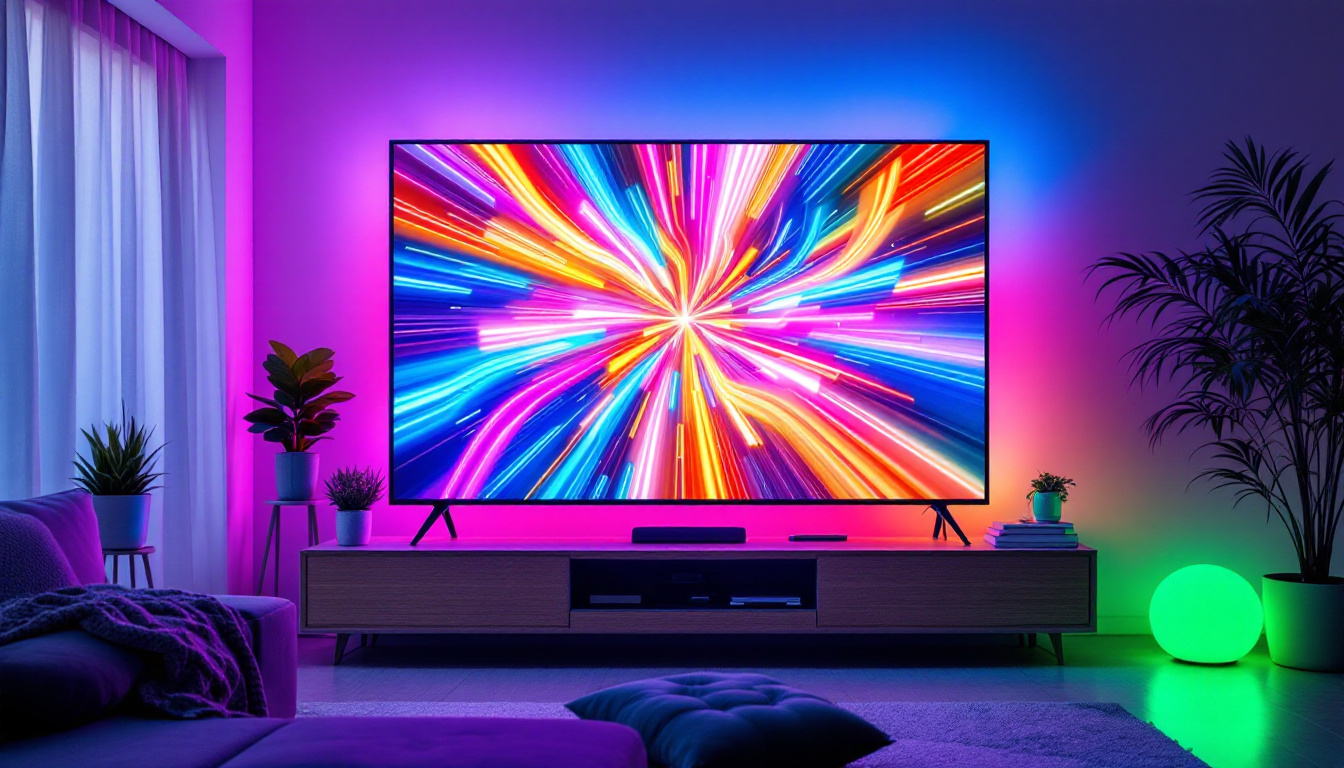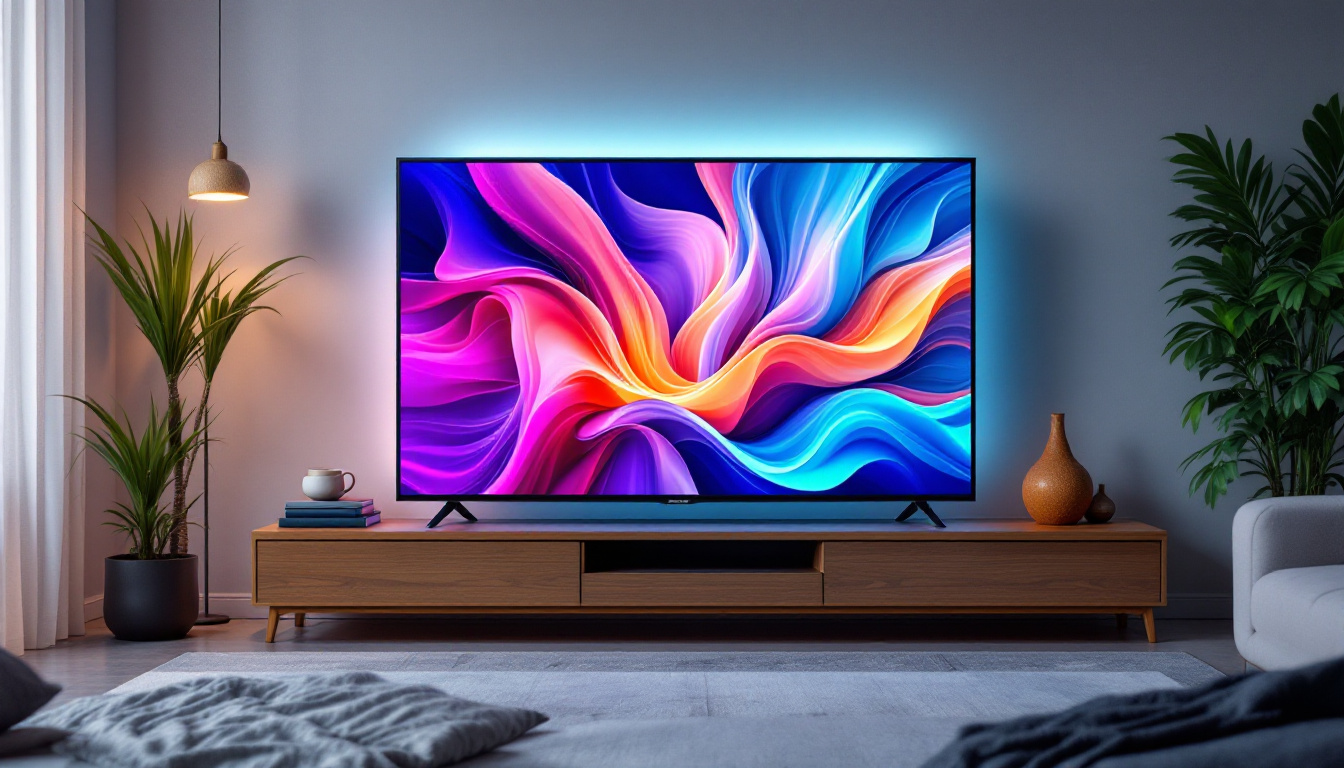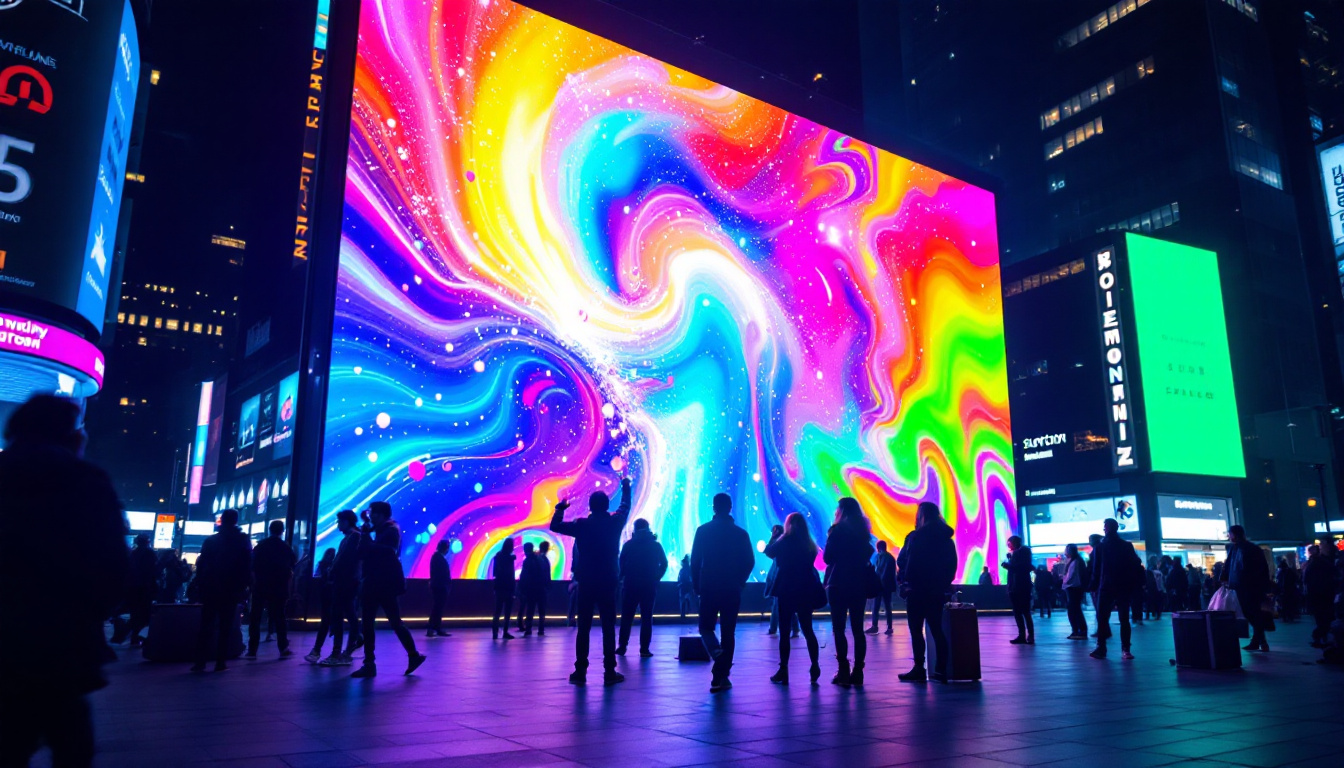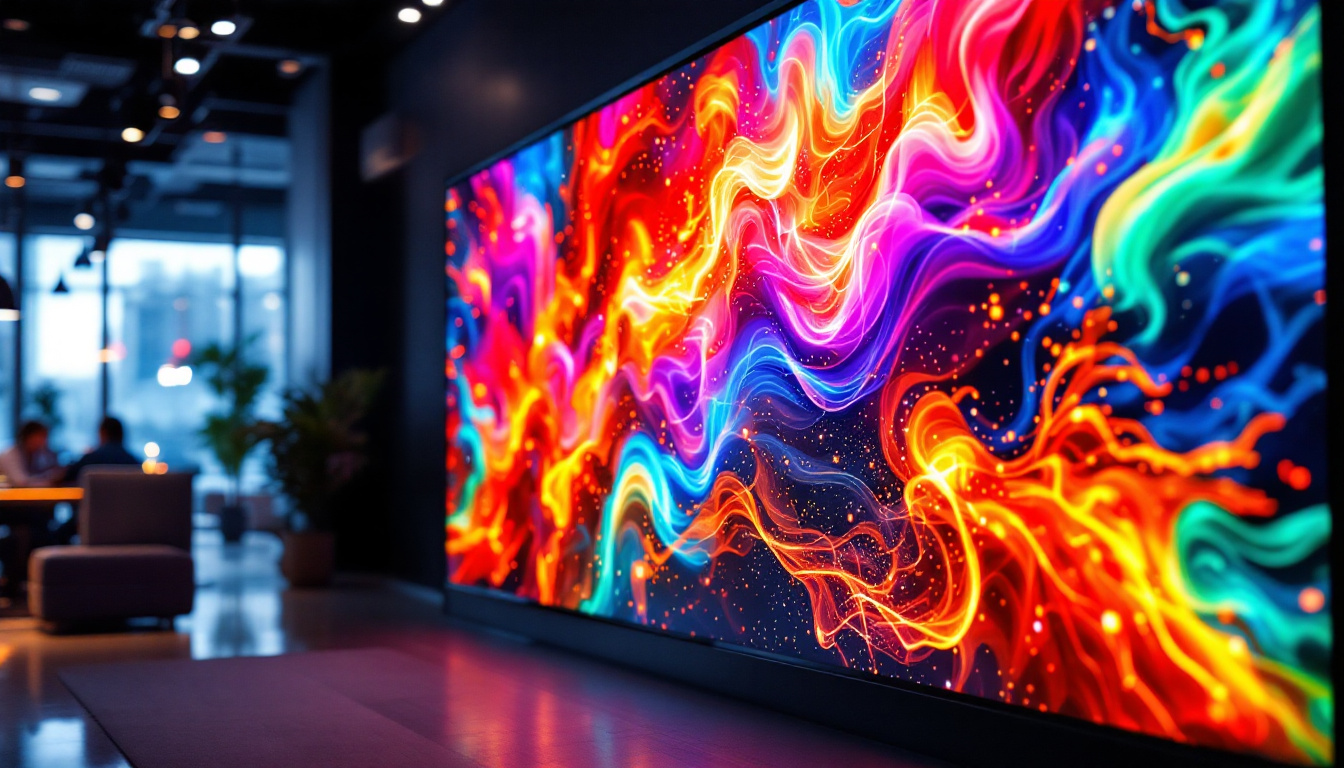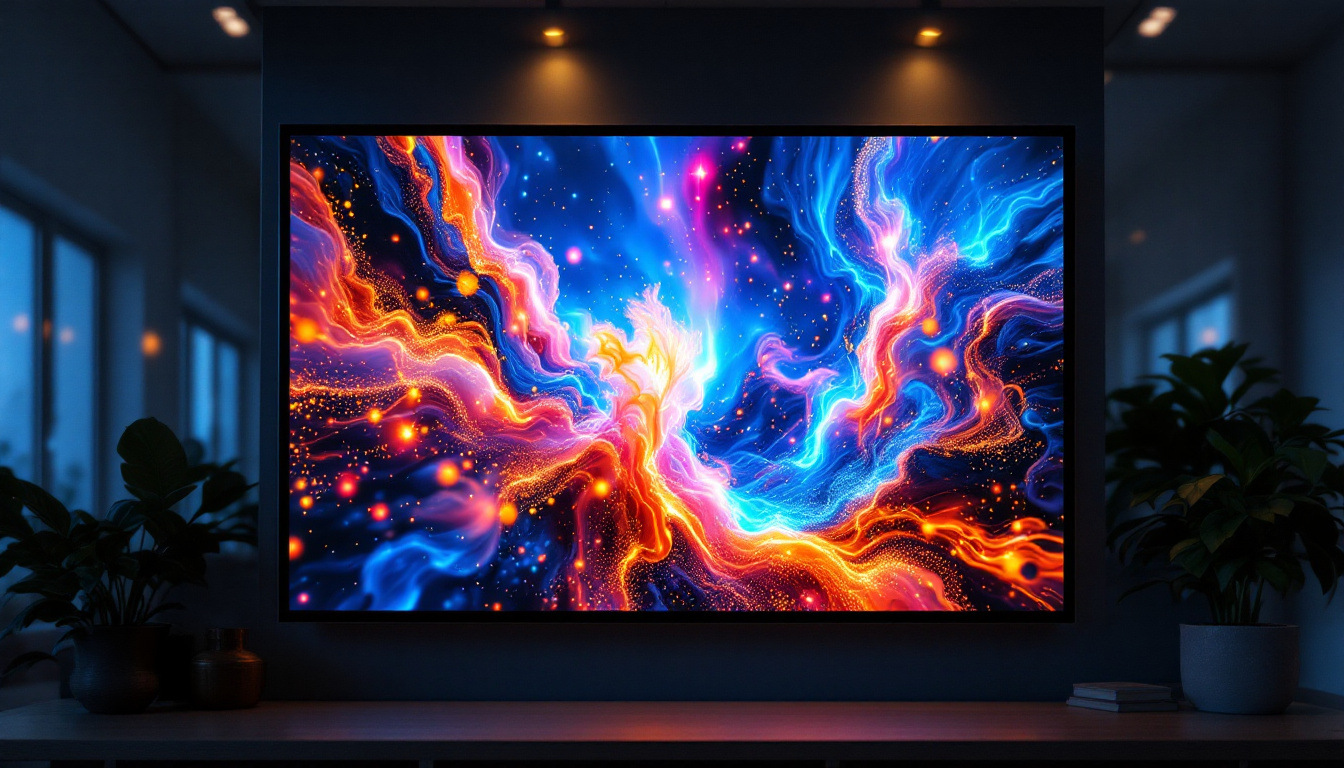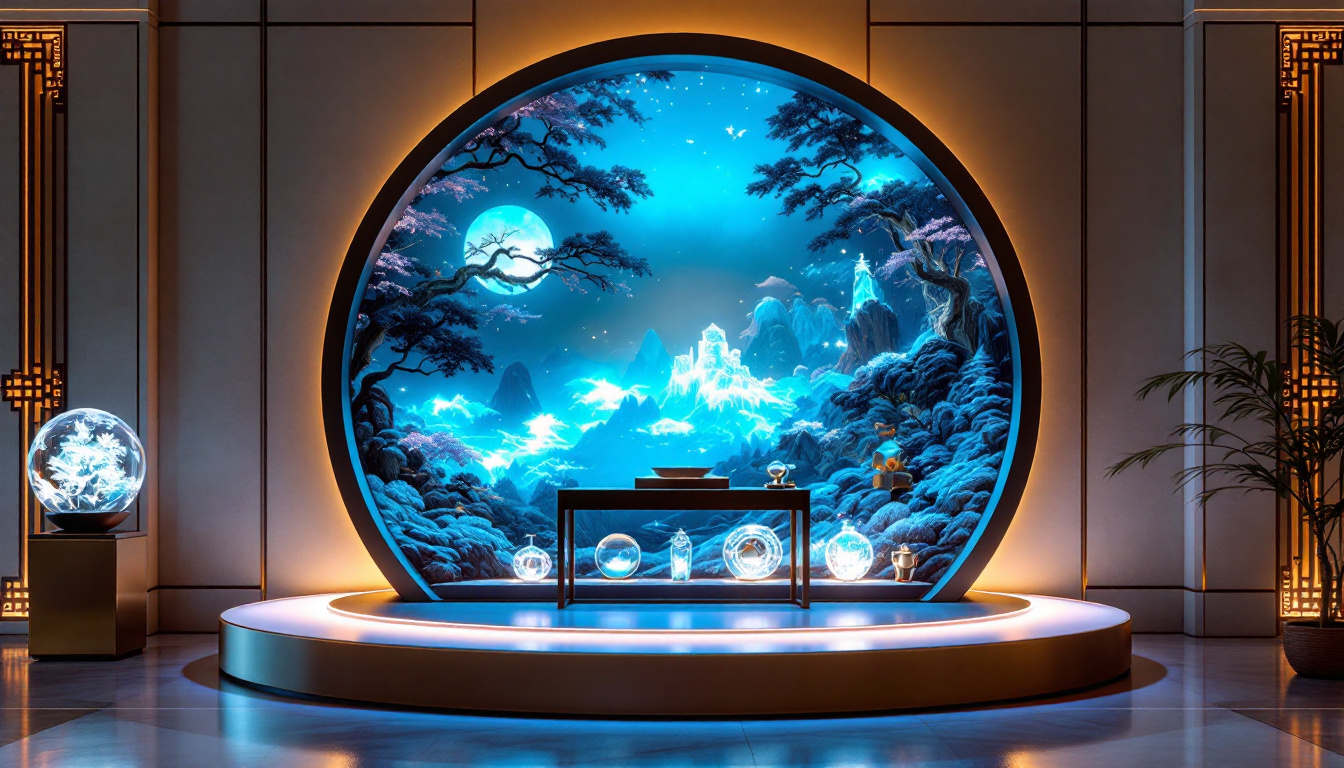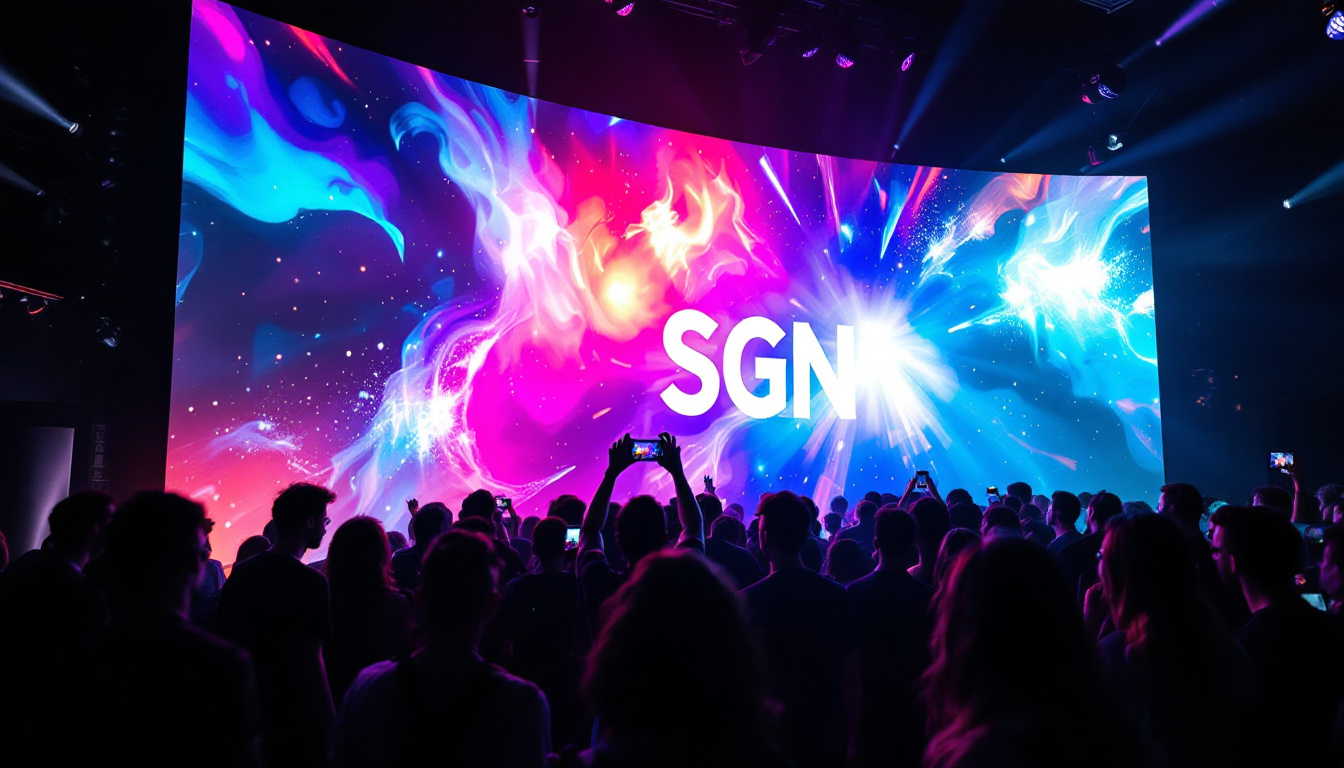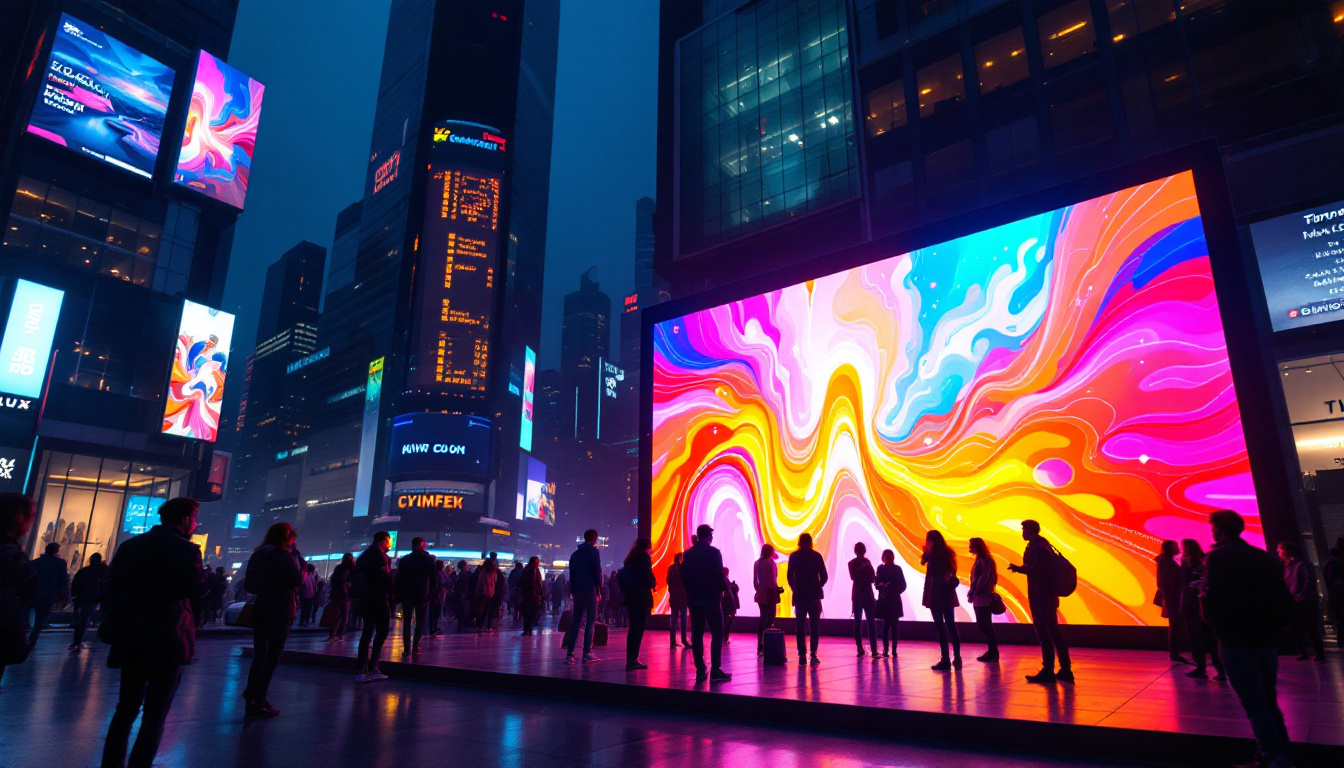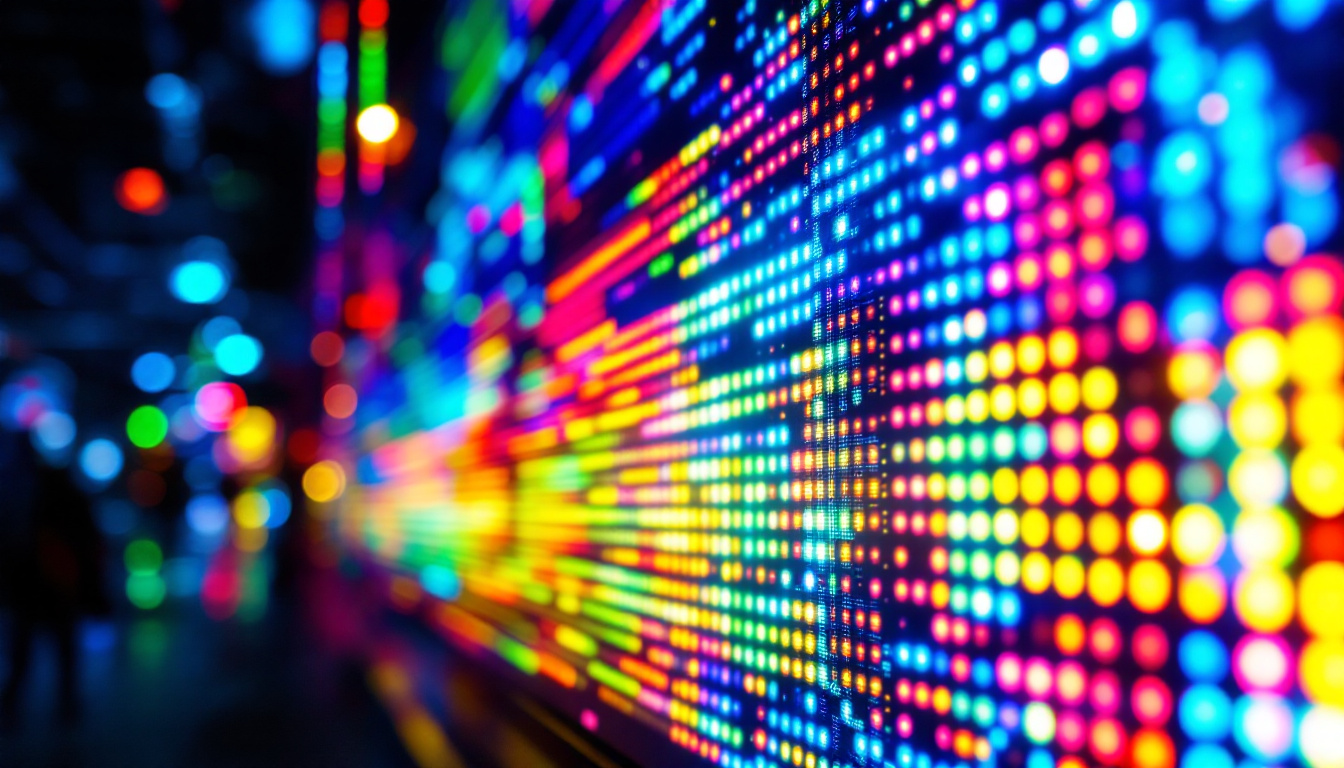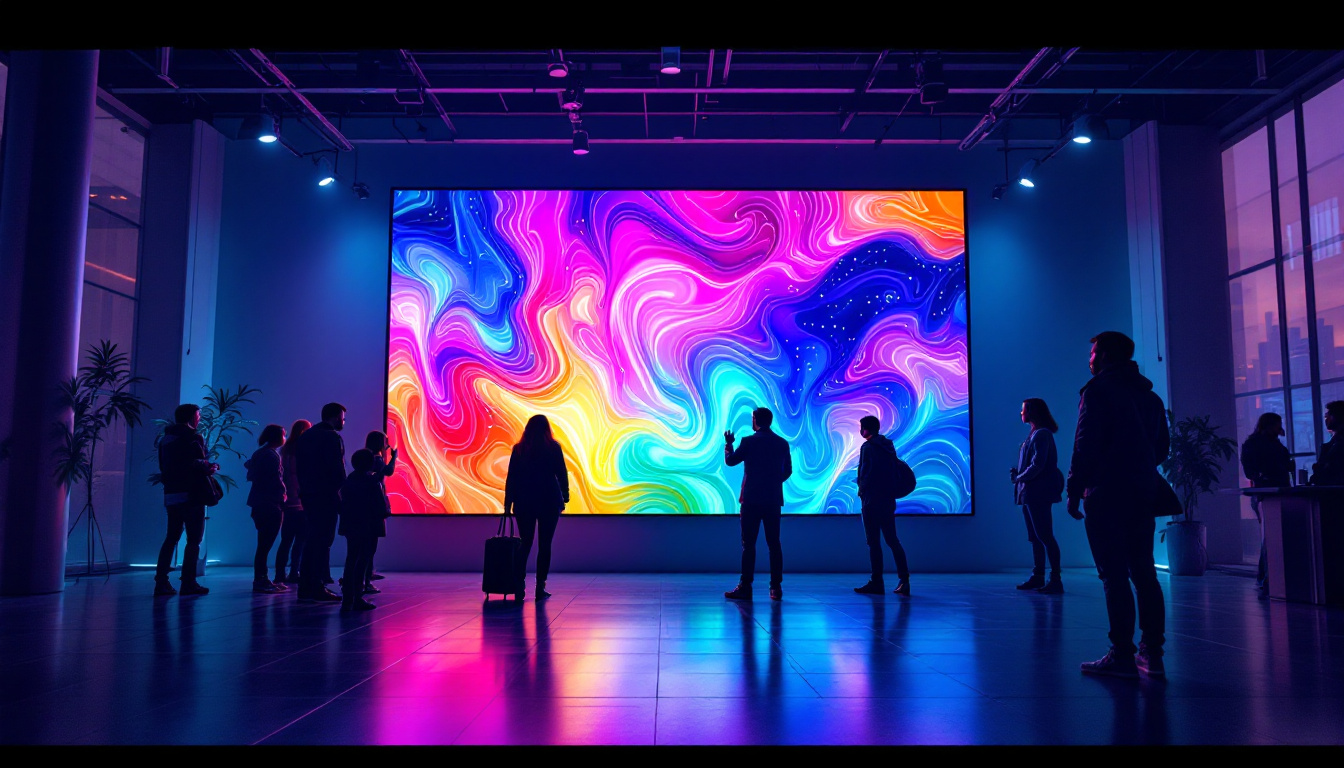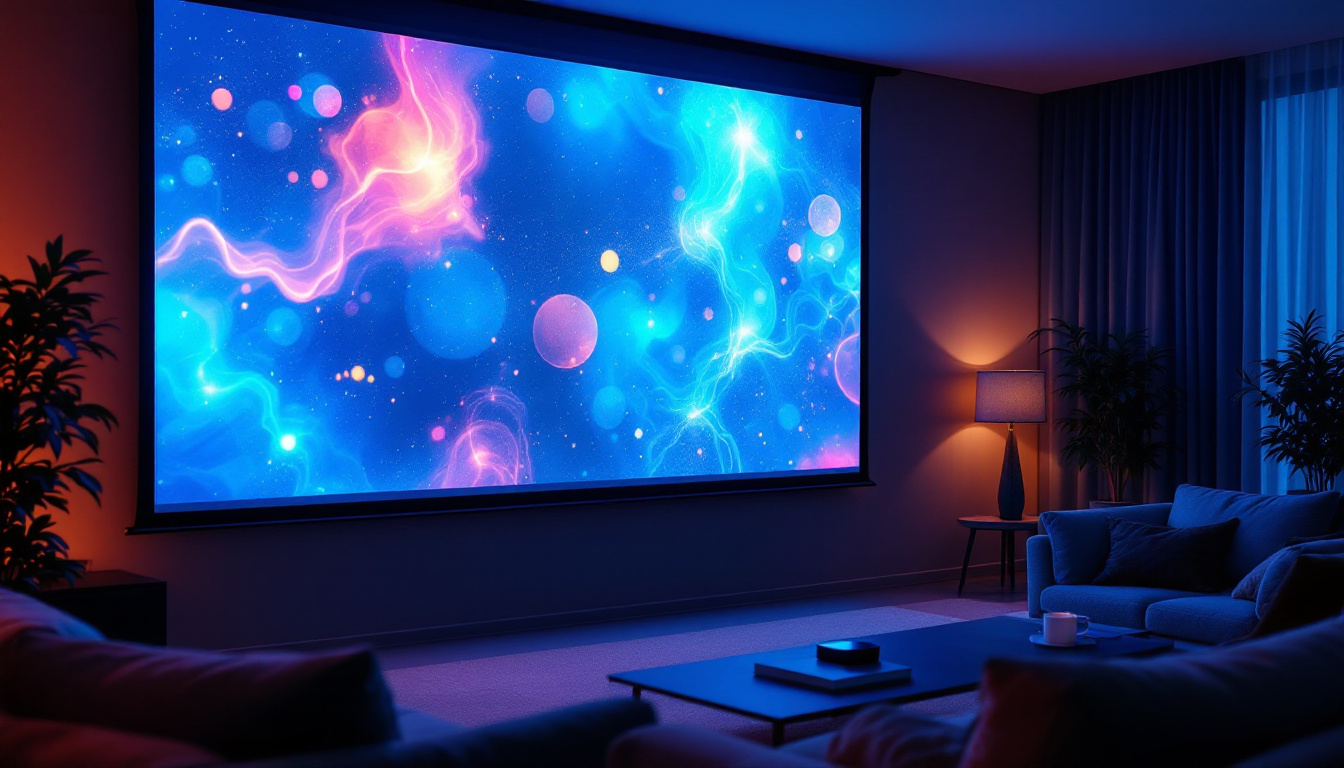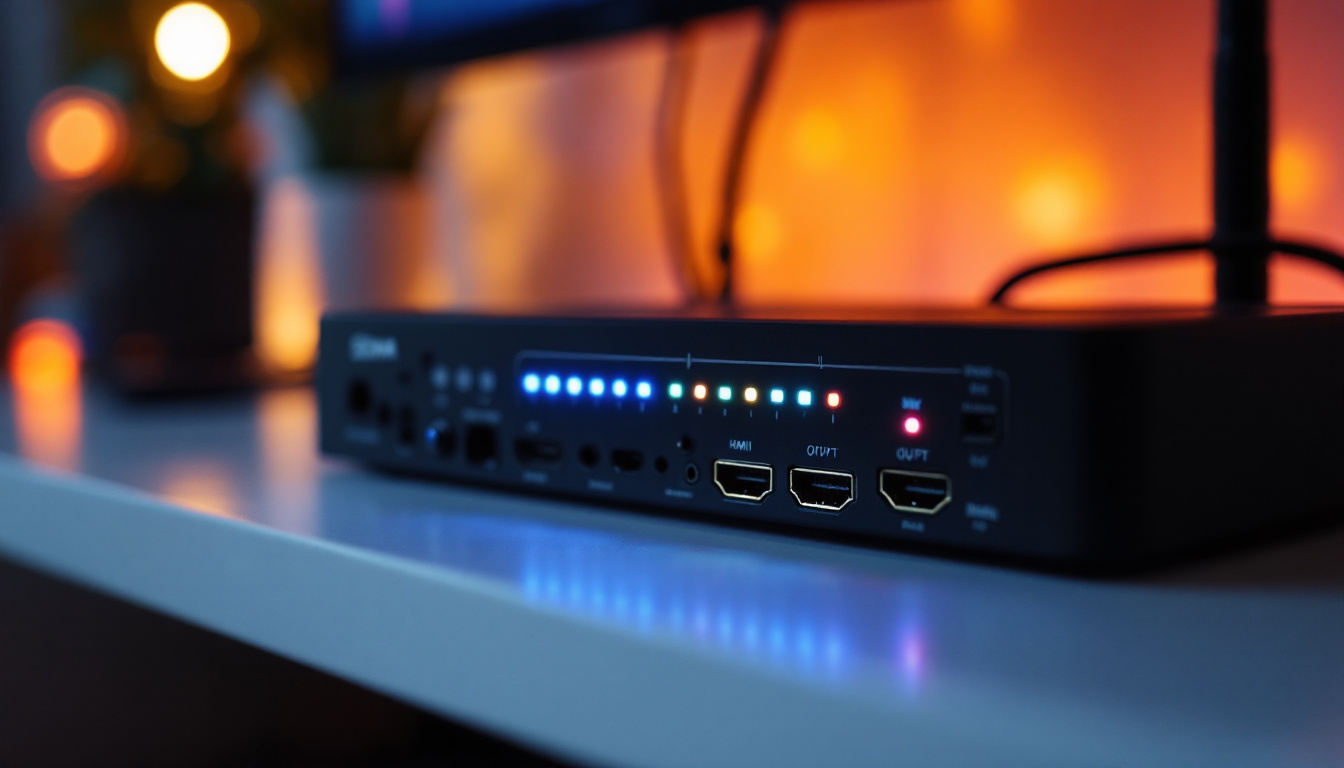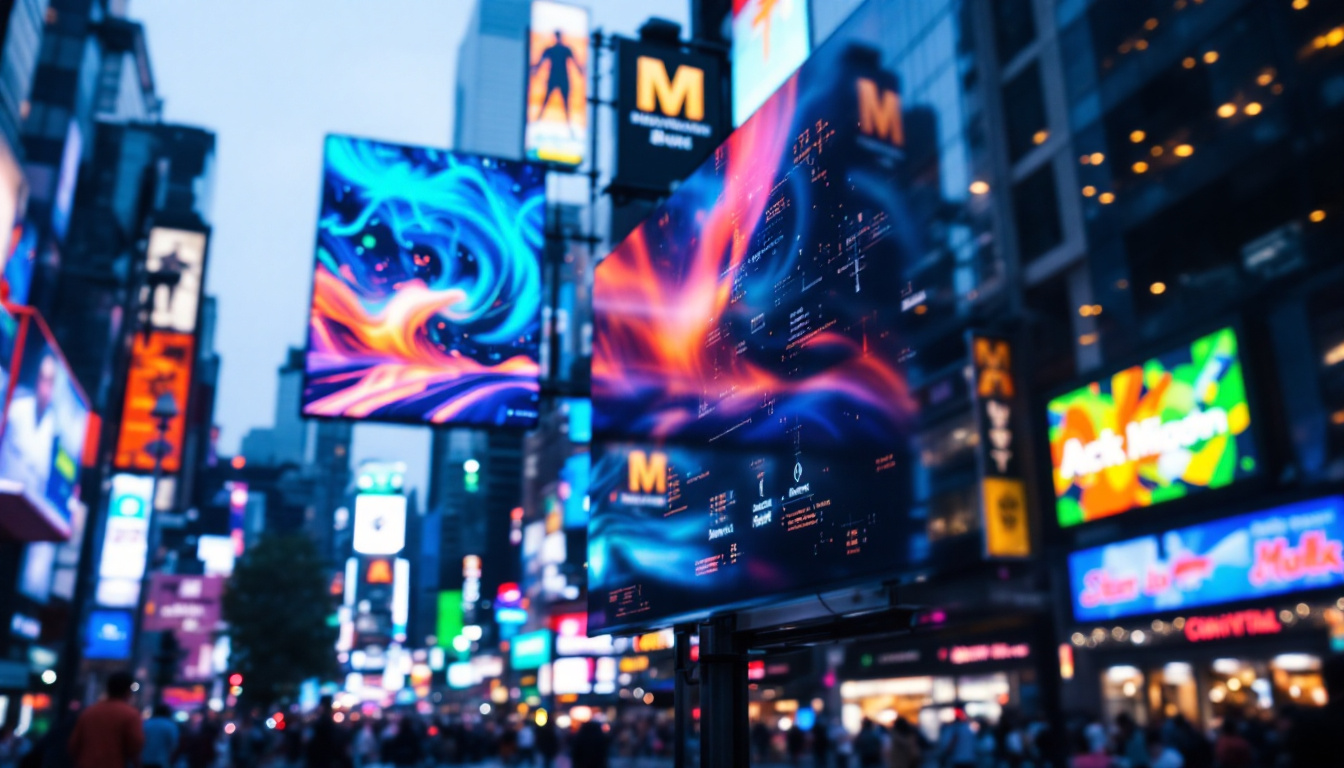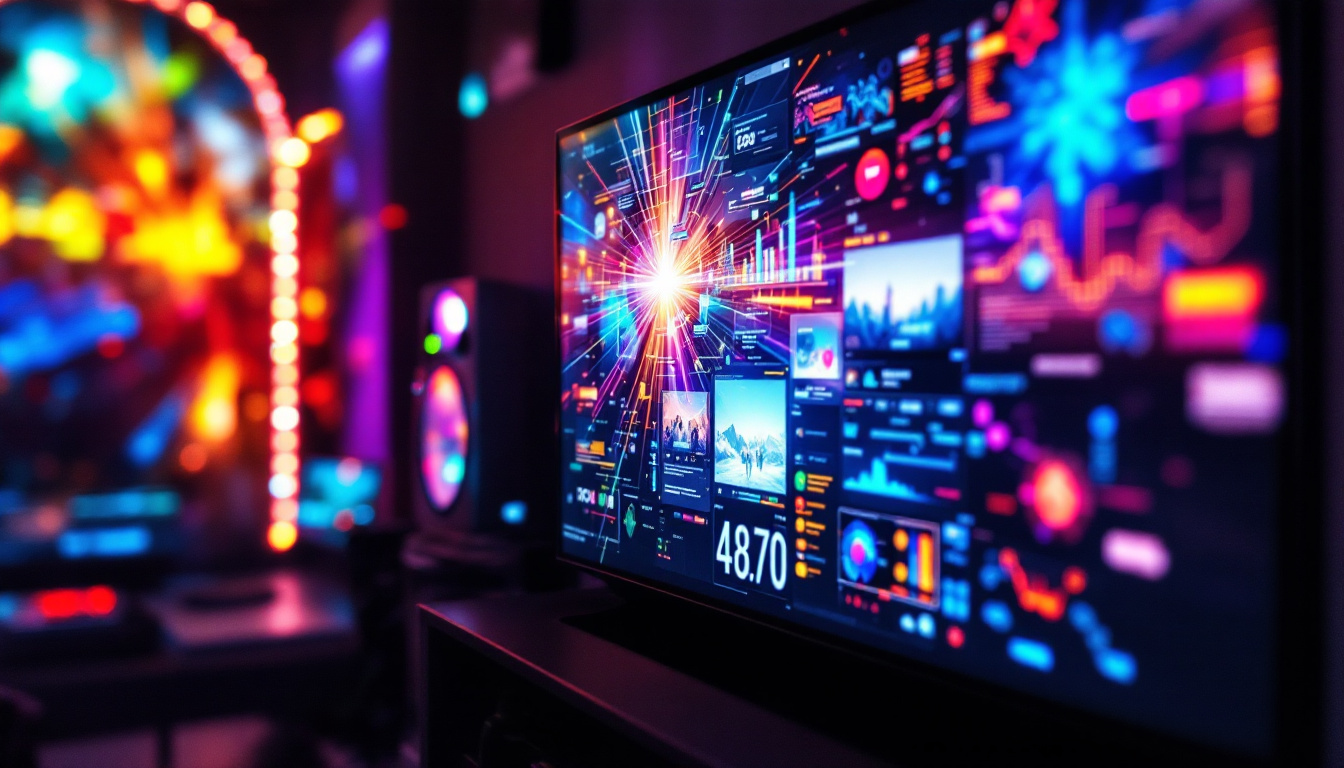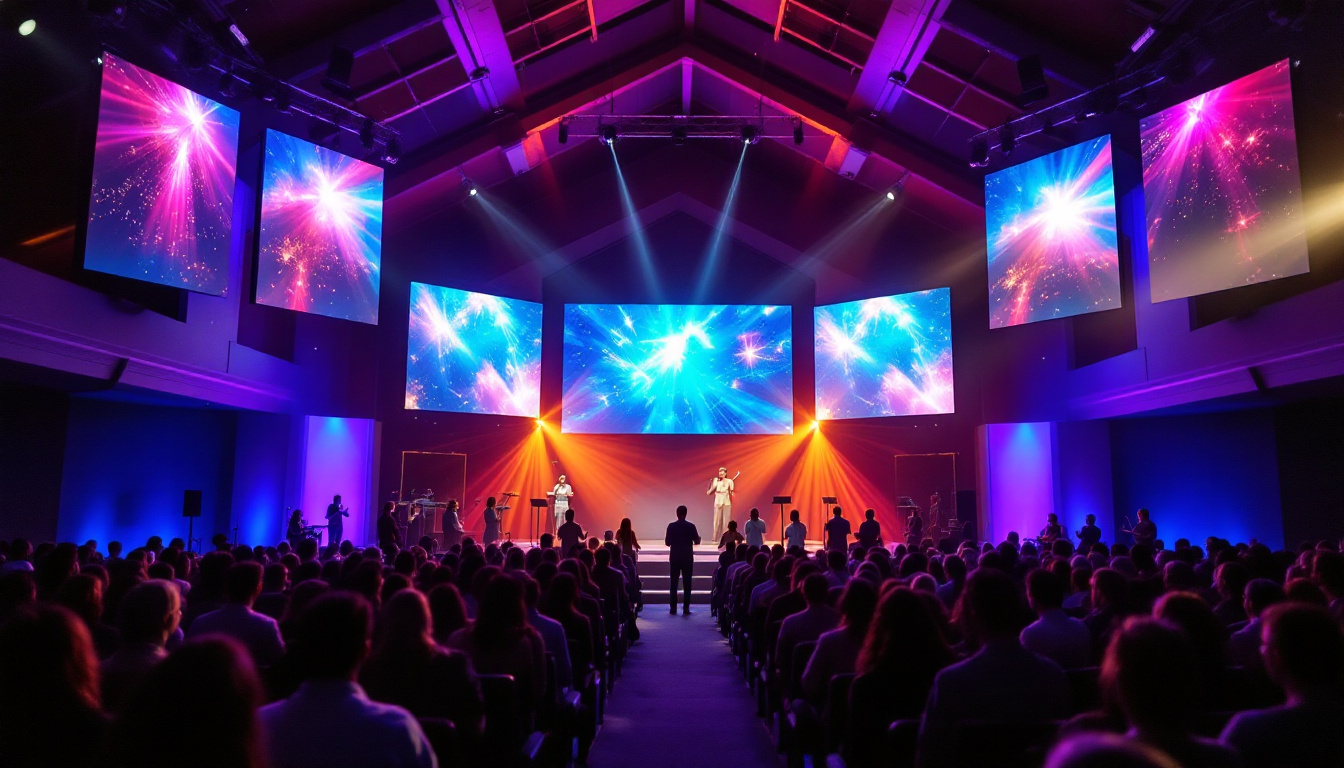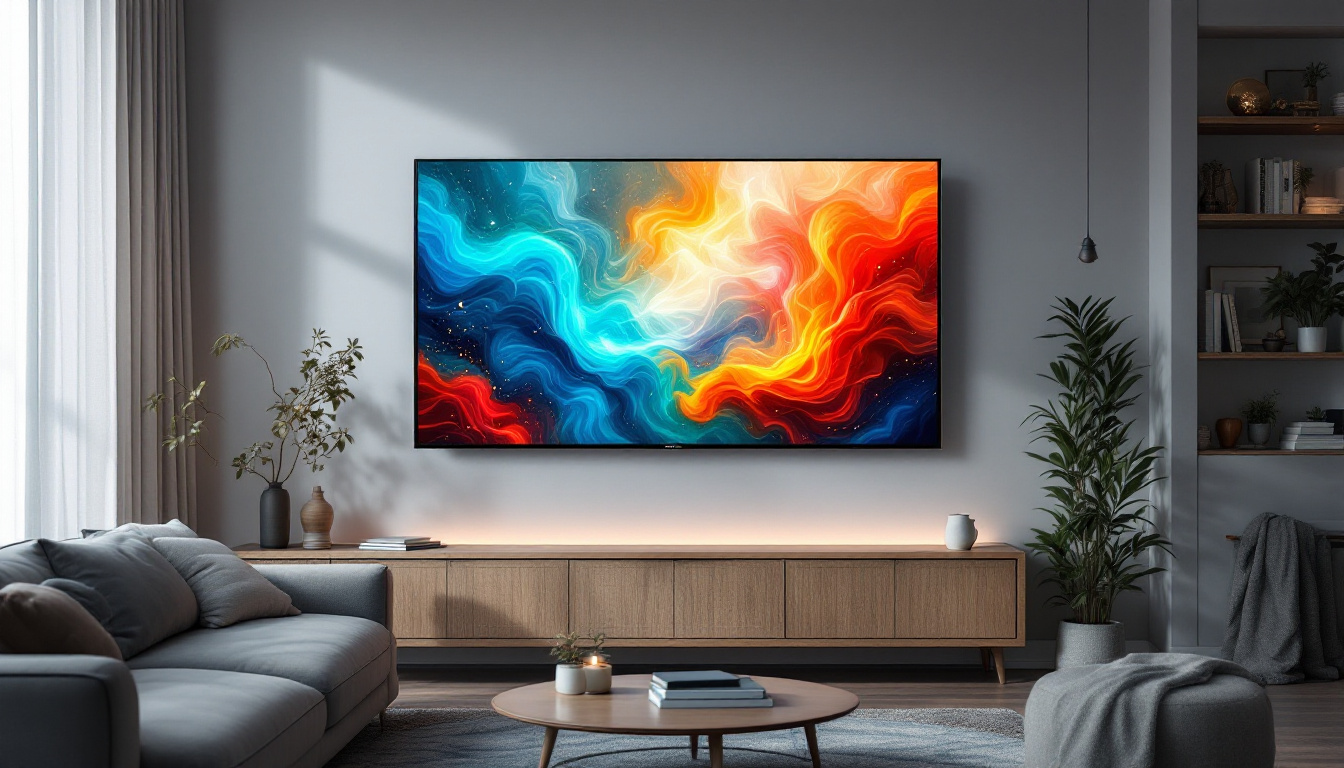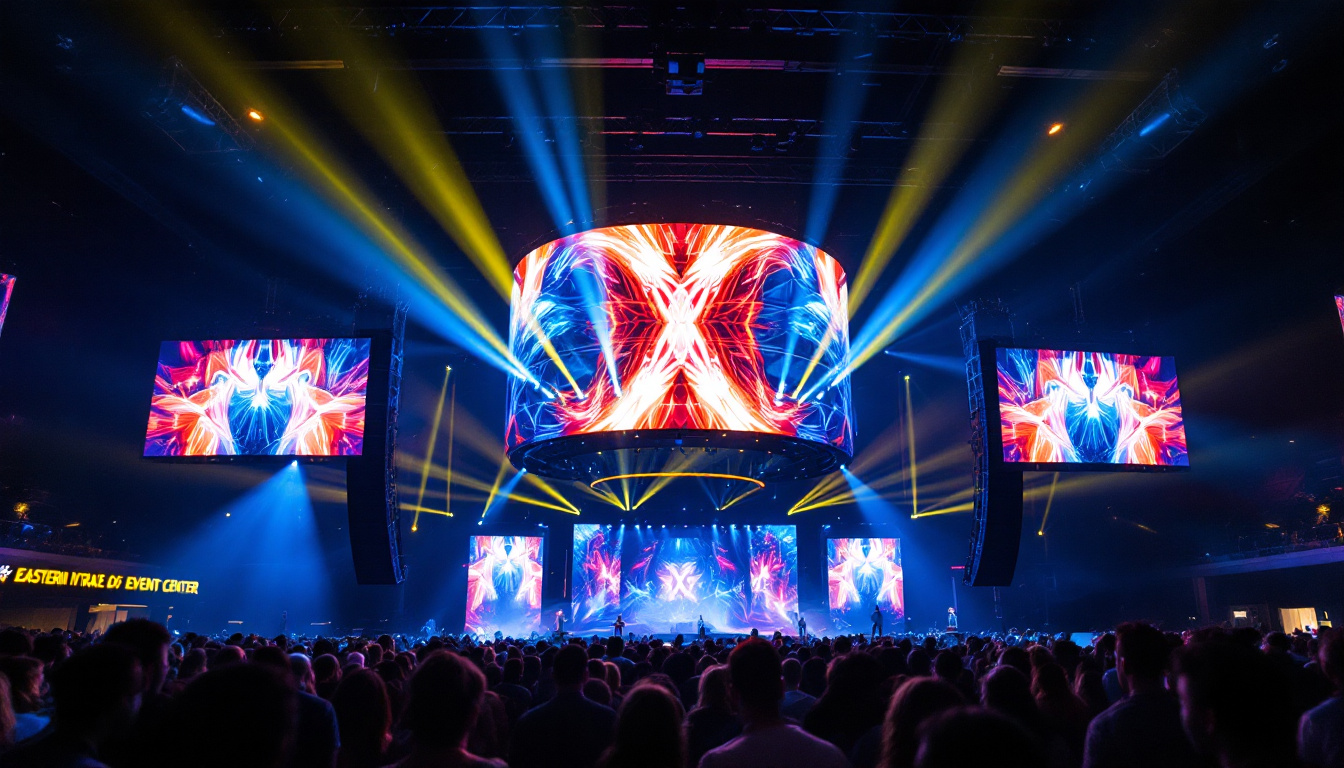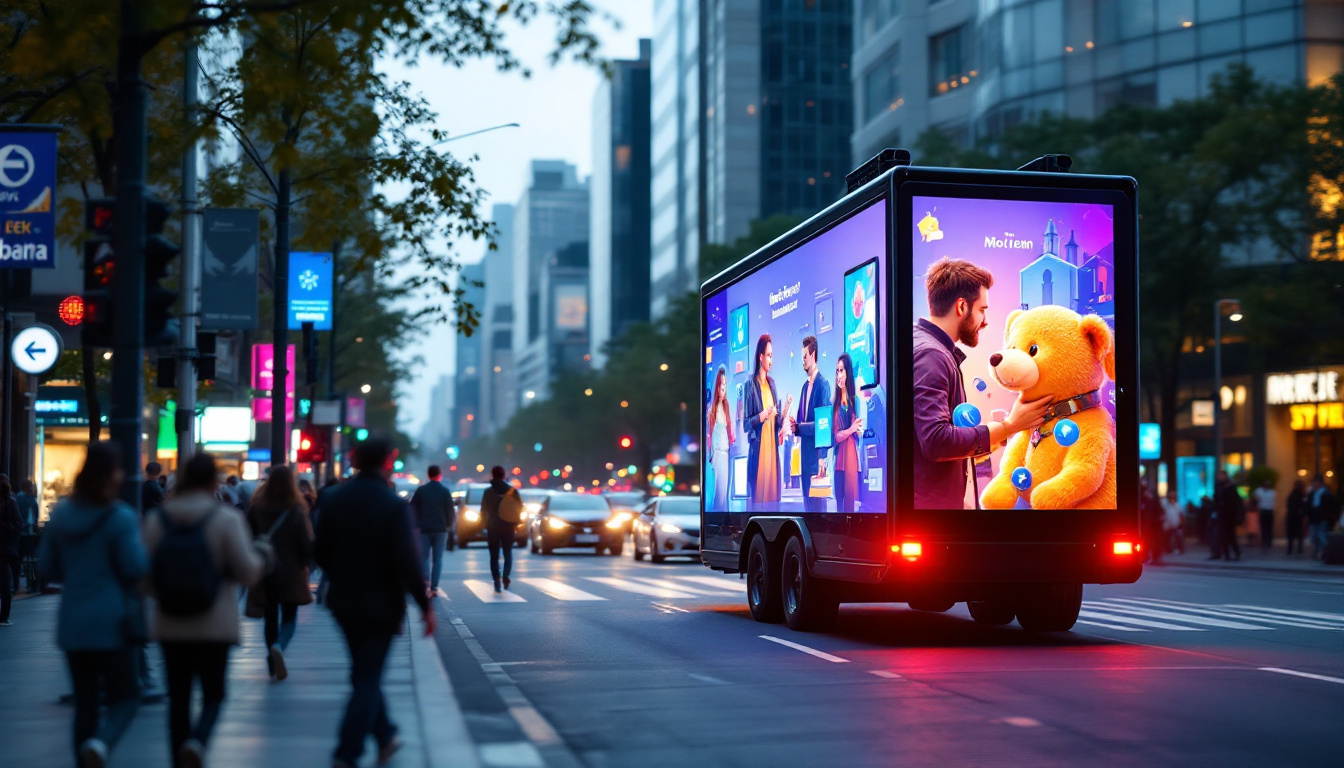In today’s digital age, advertising has evolved significantly, moving beyond traditional print and static displays to more dynamic and engaging formats. One of the most impactful innovations in this realm is the LED display. This article delves into the various home advertising examples utilizing LED technology, exploring its advantages, applications, and the future of home advertising.
Understanding LED Displays
LED, or Light Emitting Diode, displays are a form of digital signage that uses LED technology to produce bright and vibrant images. These displays can be found in various settings, from large outdoor billboards to smaller indoor screens in homes. Their versatility and effectiveness have made them a popular choice for advertising.
How LED Displays Work
At their core, LED displays consist of numerous tiny diodes that emit light when an electric current passes through them. The combination of red, green, and blue diodes allows for the creation of millions of colors. This technology enables the display of high-definition images and videos, making it an attractive option for advertisers.
Furthermore, LED displays can be programmed to show different content at various times, allowing for dynamic advertising that can change based on the audience or time of day. This flexibility is one of the key reasons why businesses are increasingly opting for LED displays in their advertising strategies. The ability to tailor messages to specific demographics or events enhances engagement and can lead to higher conversion rates.
Benefits of LED Displays for Home Advertising
LED displays offer numerous advantages over traditional advertising methods. One of the most significant benefits is their visibility. The brightness of LED screens ensures that advertisements can be seen clearly, even in direct sunlight. This makes them ideal for outdoor settings, such as homes with front-facing displays.
Another advantage is the energy efficiency of LED technology. Compared to traditional lighting, LED displays consume significantly less power, which can lead to lower energy bills for homeowners. Additionally, the longevity of LED lights means that they require less frequent replacement, further reducing maintenance costs. This durability not only saves money but also contributes to a more sustainable approach to advertising, as fewer resources are consumed over time.
Moreover, LED displays can enhance the aesthetic appeal of a home. With customizable designs and the ability to showcase vibrant colors, homeowners can use these displays to create a unique visual identity. Whether it’s promoting a local business, displaying personal messages, or showcasing artwork, LED displays can transform a simple exterior into an eye-catching focal point. The integration of technology into home decor allows for a modern touch that resonates with contemporary design trends.
Creative Home Advertising Examples
LED displays can be employed in various creative ways to enhance home advertising. From promoting local businesses to showcasing personal brands, the possibilities are virtually limitless. Below are some innovative examples of how LED displays can be utilized in home advertising.
Outdoor LED Billboards
Many homeowners are now opting to install outdoor LED billboards on their properties. These displays can be used to advertise local businesses, events, or even personal services. For instance, a homeowner might choose to promote a nearby restaurant or a local event, helping to foster community engagement.
Outdoor LED billboards can be programmed to change messages throughout the day, allowing for multiple advertisements to be displayed without the need for physical changes. This dynamic capability can attract attention and keep the content fresh for passersby. Additionally, these billboards can be equipped with sensors that adjust brightness based on ambient light, ensuring that the advertisements are visible both day and night, enhancing their effectiveness.
Indoor LED Displays
Indoor LED displays are becoming increasingly popular in home settings, particularly in living rooms or entertainment areas. These displays can be used to showcase personal content, such as family photos, or to promote local businesses through digital ads.
Moreover, indoor LED displays can be integrated with smart home technology, allowing homeowners to control what is displayed from their smartphones or tablets. This interactivity can enhance the advertising experience, making it more engaging for viewers. Imagine hosting a gathering where the display cycles through personalized messages and images, creating a warm and inviting atmosphere while subtly promoting a local artist’s work or a nearby shop’s latest offerings.
Event Promotion and Personal Branding
For individuals looking to promote events or personal brands, LED displays can serve as an effective tool. Whether it’s a birthday party, a wedding, or a personal business launch, LED displays can be used to create eye-catching visuals that draw attention.
By customizing the content to fit the theme of the event or the brand’s identity, homeowners can create a memorable advertising experience. This not only enhances the event but also leaves a lasting impression on attendees. Furthermore, LED displays can be synchronized with music or other multimedia elements, transforming a simple advertisement into an immersive experience that captivates guests. For instance, a wedding display could showcase a slideshow of the couple’s journey together, interspersed with heartfelt messages from friends and family, making the occasion even more special and personal.
Challenges and Considerations
While LED displays offer numerous benefits, there are also challenges and considerations that homeowners should keep in mind. Understanding these factors can help ensure a successful advertising strategy.
Regulatory Compliance
One of the primary challenges associated with outdoor LED advertising is compliance with local regulations. Many municipalities have specific rules regarding the size, brightness, and content of outdoor displays. Homeowners should research these regulations to avoid potential fines or the removal of their displays.
Additionally, some neighborhoods may have restrictions on the types of advertising that can be displayed, particularly in residential areas. It’s essential to consult with local authorities and neighborhood associations before installing an LED display. This not only helps in adhering to legal requirements but also fosters good relationships with neighbors who may have concerns about light pollution or visual clutter.
Initial Investment and Maintenance
Another consideration is the initial investment required for LED displays. While prices have decreased over the years, high-quality LED displays can still represent a significant financial commitment. Homeowners should weigh the potential return on investment against the costs involved. It’s advisable to conduct a thorough cost-benefit analysis, taking into account factors such as the expected lifespan of the display and the potential revenue it could generate through advertising.
Maintenance is another factor to consider. Although LED displays are generally low-maintenance, they may require occasional cleaning and servicing to ensure optimal performance. Homeowners should be prepared for these responsibilities to keep their displays looking their best. Moreover, understanding the warranty and support options available from manufacturers can be crucial, as this can provide peace of mind and assistance in case of technical issues. Regularly scheduled maintenance checks can also help in identifying potential problems before they escalate, ensuring the longevity of the investment.
Future Trends in Home Advertising with LED Displays
The future of home advertising with LED displays looks promising, with several emerging trends that could shape the landscape. As technology continues to advance, homeowners and advertisers alike will benefit from new capabilities and features.
Integration with Smart Home Technology
As smart home technology becomes more prevalent, the integration of LED displays with these systems is likely to increase. Homeowners may soon have the ability to control their displays through voice commands or automated systems, allowing for seamless updates and content changes.
This integration could also lead to more personalized advertising experiences, as displays could adapt to the preferences and behaviors of individual viewers. For instance, a display might show different content based on the time of day or the people present in the room.
Augmented Reality and Interactive Displays
Another exciting trend is the incorporation of augmented reality (AR) into LED displays. This technology could enable interactive advertising experiences, allowing viewers to engage with the content in new and innovative ways.
For example, an LED display could feature an AR component that allows viewers to see additional information or animations when they scan the display with their smartphones. Such interactive elements could significantly enhance the effectiveness of home advertising, making it more engaging and memorable.
Sustainability and Eco-Friendly Options
As environmental concerns continue to grow, there is an increasing demand for sustainable and eco-friendly advertising solutions. LED technology is already more energy-efficient than traditional lighting, but future developments may focus on further reducing the environmental impact of displays.
Homeowners may soon have access to LED displays made from recycled materials or those designed to minimize energy consumption even further. This shift towards sustainability could appeal to environmentally conscious consumers and businesses alike.
Conclusion
LED displays have revolutionized the way advertising is approached in home settings. Their versatility, visibility, and dynamic capabilities make them an attractive option for homeowners looking to promote local businesses, personal brands, or events. While there are challenges to consider, such as regulatory compliance and initial investment, the benefits often outweigh these concerns.
As technology continues to evolve, the future of LED displays in home advertising looks bright. With trends pointing towards greater integration with smart home technology, interactive features, and a focus on sustainability, homeowners can expect to see even more innovative applications of LED displays in the coming years. Embracing this technology not only enhances advertising efforts but also contributes to a more engaging and interactive home environment.
In summary, LED displays represent a powerful tool for home advertising, offering a unique blend of creativity, functionality, and impact. As more homeowners recognize the potential of this technology, it is likely that LED displays will become a staple in home advertising strategies.
Illuminate Your Message with LumenMatrix
Ready to elevate your home advertising with the dynamic appeal of LED displays? Discover LumenMatrix’s innovative solutions and transform your space into a beacon of creativity and engagement. From captivating Indoor LED Wall Displays to eye-catching Outdoor LED Wall Displays, and even versatile Vehicle and Custom LED options, LumenMatrix is committed to revolutionizing your visual communication. Don’t miss the opportunity to make your message resonate with clarity and impact. Check out LumenMatrix LED Display Solutions today and start creating unforgettable visual experiences.

